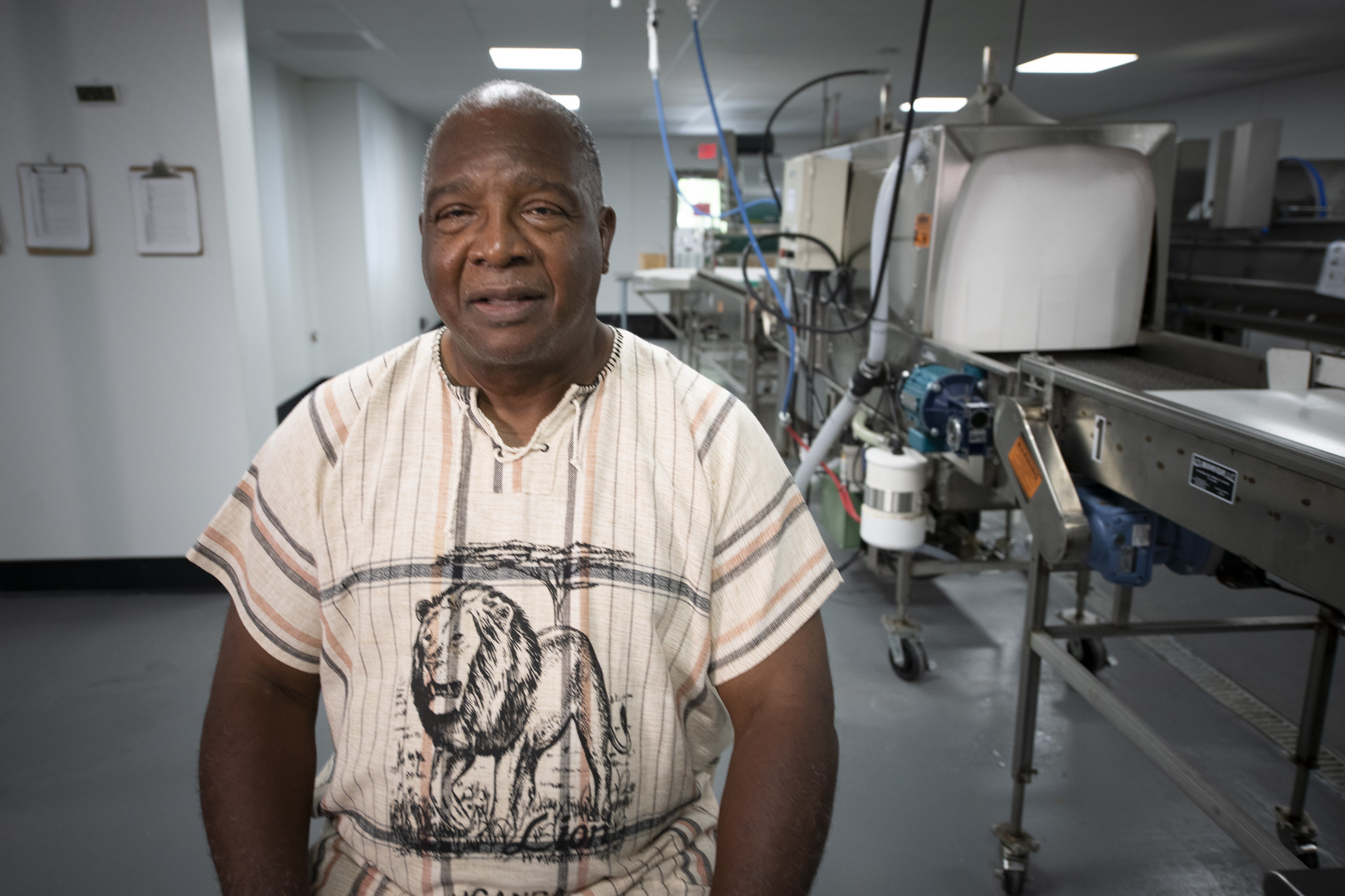On the brinks of Beaufort, South Carolina, lies the brimming, remote island of St. Helena where the Gullah farmers are hard at work. For years, the Gullah Geechee community, an African American ethnic group located in the low region of the U.S., have struggled to make a living off their biggest asset: their land.
But with the help of a cooperative, things are changing.
“Small farmers stopped producing because they could not find a market outlet,” said York Glover, Secretary of the Gullah Farmers Cooperative Board of Directors. “With the co-op, because we will be focusing on marketing, we will be providing that kind of service for the farmers. I believe that it’s going to reinvigorate agriculture in this community.”
The Gullah Farmers Cooperative was formed 12 years ago and supports local farmers by helping them market their produce and make a viable living. Unlike a typical business structure, cooperatives are owned and controlled by people, or members, who use its services. Together, members access markets and services they wouldn’t be able to as individuals and share the earnings.
For the Gullah Farmers in St. Helena, forming a cooperative allowed them to access a greater market. Recently, they partnered with USDA Rural Development and opened a 10,000 square foot processing facility. Oftentimes, cooperatives are formed to reduce costs for members, improve product quality, and increase income. The cooperative business structure can help members build wealth and increase a community’s economic power.
Agricultural cooperatives operate in 9,500 locations in 50 states and have a long history as a resilient, sustainable business model. But cooperatives operate in more than just the agricultural industry. In fact, cooperatives provide some of the most vital services to rural communities, including health care, housing, internet and e-connectivity, and much more. More than 30,000 cooperatives operate throughout the U.S. and account for more than 2 million jobs, boast about 350 million memberships, and generate $660 billion in annual revenue.
USDA Rural Development continues to partner with cooperatives as they serve their members’ needs, fill market gaps, and create opportunities. This National Cooperative Month, read about the common myths surrounding cooperatives and visit USDA Rural Development’s Cooperative Services program page to learn about USDA Rural Development programs that help communities start, grow, or sustain a cooperative.

